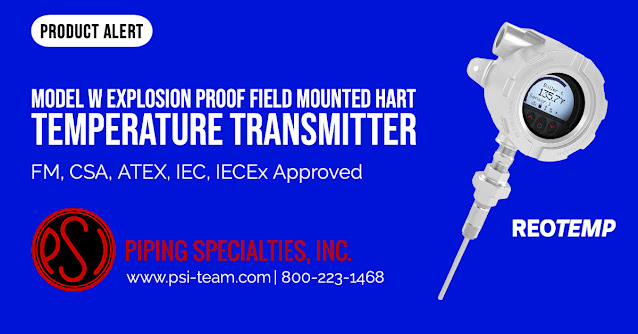Basic Understanding of Radar
Radar (Radio Detection and Ranging) is a system that uses electromagnetic waves to identify the range, altitude, direction, or speed of both moving and fixed objects such as aircraft, ships, motor vehicles, weather formations, and terrain. It transmits a signal, bouncing off the target and returning to the radar system. By analyzing the reflected signal, the radar can determine various parameters about the target.
FMCW (Frequency Modulated Continuous Wave)
When discussing FMCW, we are talking about a specific type of radar signal. Here's how FMCW works:
- Continuous Wave (CW): Traditional radar systems emit a brief pulse of radio energy and then wait for that pulse to reflect off an object and return. In contrast, Continuous Wave radar emits a constant signal or wave.
- Frequency Modulation (FM): In FMCW radar, the frequency of the continuous wave signal is varied or modulated over time. This can be done linearly, where the frequency increases or decreases at a constant rate or in other patterns.
The benefit of FMCW is that the frequency change provides a way to determine the range (distance to an object). There's a delay when the transmitted wave bounces off an object and returns. During this time, the transmitted wave's frequency has changed. By comparing the received wave's frequency to the current transmitted frequency, the radar system can determine how long it took for the wave to return and thus calculate the distance to the object.
FMCW radar is handy because it can be more compact, requires less peak transmit power (because it's continuous wave and not pulsed), and can provide range and speed information simultaneously.
Open Air Radar Transmitters
"Open air" in the context of radar transmitters usually refers to systems that operate without waveguides or enclosed transmission mediums. Instead, they transmit their signals directly into the environment. These systems are used in various applications, including vehicle radars (like those used in adaptive cruise control or autonomous vehicles), weather radars, and more.
Summary:
An open-air radar transmitter that uses FMCW is a radar system that transmits a continuous wave signal directly into the environment, modulating the signal's frequency over time. By analyzing the frequency shift of the returned signal relative to the transmitted signal, the radar can determine the range to the reflecting object. This technology is widely utilized due to its efficiency, compactness, and ability to provide detailed information about detected objects.
Drexelbrook's open-air radar products deliver exceptional resolution and accuracy tailored for demanding applications. These instruments harness FMCW (Frequency Modulated Continuous Wave) technology, ensuring a powerful signal at the measurement surface. This robustness guarantees optimal return signals, even when measuring agitated liquids.
A Drexelbrook radar level transmitter stands out as the optimal choice for applications that necessitate non-contact technology.
For more information about Drexelbrook level instruments in New England, contact Piping Specialties / PSI Controls. Call 800-223-1468 or visit https://psi-team.com.









